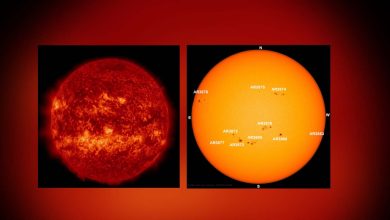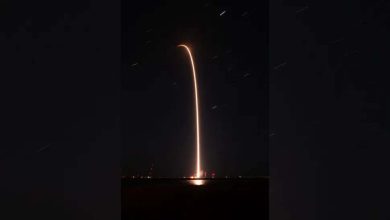Hubble Telescope: Milky Way seen removing gas from its neighboring galaxy

Science: In its galactic neighborhood, the Milky Way can be somewhat of a rogue. Our galaxy’s two closest neighbors are two dwarf galaxies known as the Large Magellanic Cloud (LMC) and the Small Magellanic Cloud (SMC). Being much smaller in mass (for example, the LMC is 10% of the Milky Way’s mass), these nearby galaxies are largely at our mercy of gravity.
When we look at a normal galaxy, we can see bright stars at its center. As your eyes move outward from the center, the concentration of stars diminishes — eventually disappearing altogether. However, beyond the galaxy’s dense stellar neighborhood is a halo of gas, dust, and wandering stars that extends far beyond the region’s visible boundaries. A brand new study based on observations from the Hubble Space Telescope has painted a striking image of our galaxy, showing that the size of the LMC’s halo is about ten times smaller than the halos of other galaxies with the LMC’s mass, pointing to a past event with the Milky Way in which our galaxy stripped some material from the LMC.
The researchers used observations of the LMC from Hubble’s ultraviolet vision. “The LMC is a survivor,” Andrew Fox of AURA/STScI for the European Space Agency in Baltimore, who was the principal investigator on the observations, said in a press release. “Even though it has lost a lot of its gas, it has enough gas left to form new stars. So new star-forming regions can still be created. A smaller galaxy would not have survived – there would be no gas left, only a collection of old red stars.”




